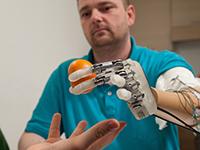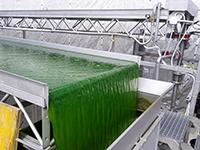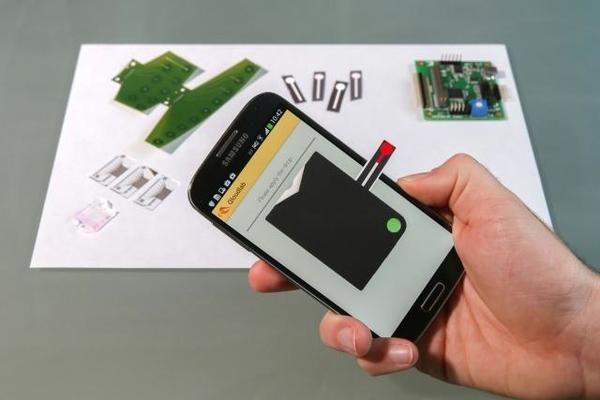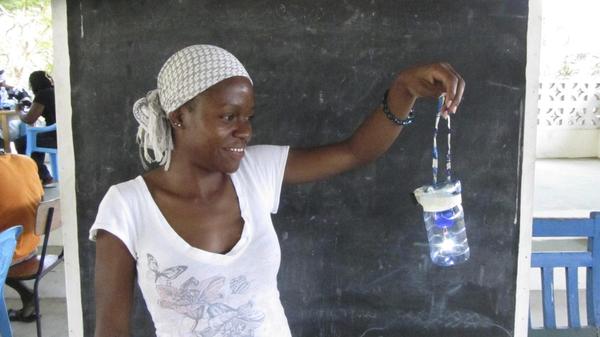2014 – Science That Made Headlines (1)

© 2014 EPFL/Jamani Caillet
This year a great deal of research done at EPFL made the headlines in newspapers. Here are a few that marked the first 4 months of the year.
 February 5 – A prosthesis that restores the sense of touch
February 5 – A prosthesis that restores the sense of touch
Dennis Aabo Sørensen is the first amputee to recover the sense of touch. Equipped with touch sensors, his prosthetic hand could translate data into language that the nervous system can interpret. This European project united the EPFL laboratory of Silvestro Micera with several German and Italian institutions.
 February 24 – Microalgae produce natural gas
February 24 – Microalgae produce natural gas
Microalgae cultivated in tanks is converted to natural gas. This method has been developed in the laboratory of Christian Ludwig. This system can operate in a closed circuit, and the gas produced is fully compatible with existing networks.
.
 March 14 – Nervous driving? EPFL is watching over you.
March 14 – Nervous driving? EPFL is watching over you.
Negative emotions do not mix with driving. In collaboration with PSA Peugeot Citroën, EPFL researchers developed a system that can detect a driver’s typical moments of extreme frustration. Their device was tested in real conditions.
 March 17 – Using smartphones screens to test blood
March 17 – Using smartphones screens to test blood
Sometimes, touch screens have quite unexpected properties. For example, these genuine electric field sensors can be used to analyze the presence of anticoagulants in blood. A new product from the start-up Qloudlab is based on this principle.
.
 April 14 – A new concept for light in the Third World
April 14 – A new concept for light in the Third World
In developing countries, kerosene lighting takes a heavy toll on the family budget and poisons the air inside homes. Launched by a PhD student, LEDsafari addresses the problem by providing a concept for a self-assembled LED lamp based on widely available products.